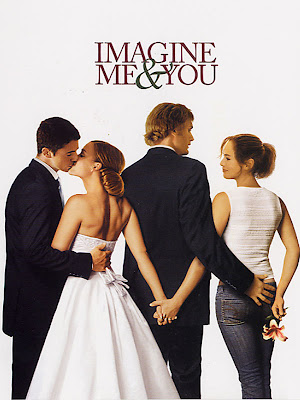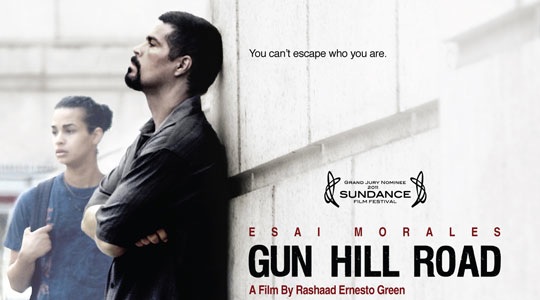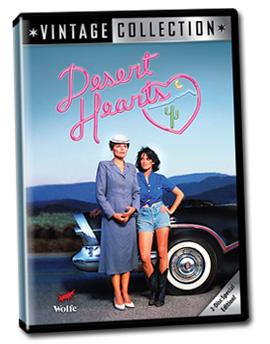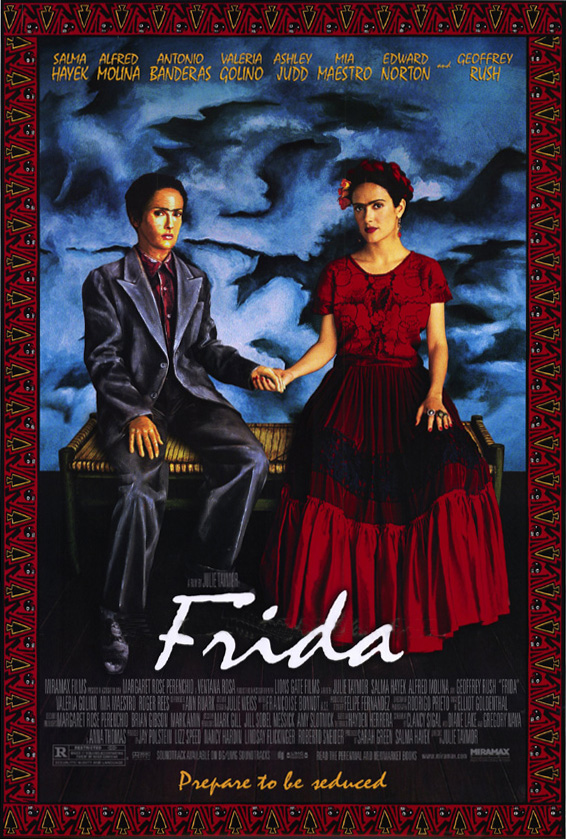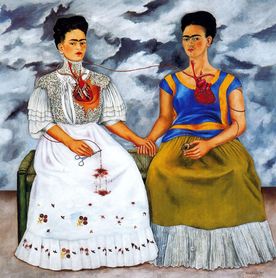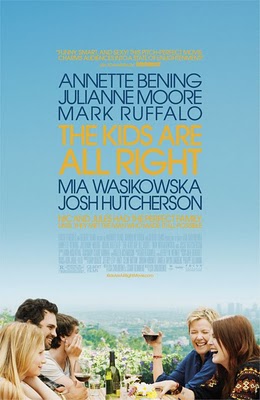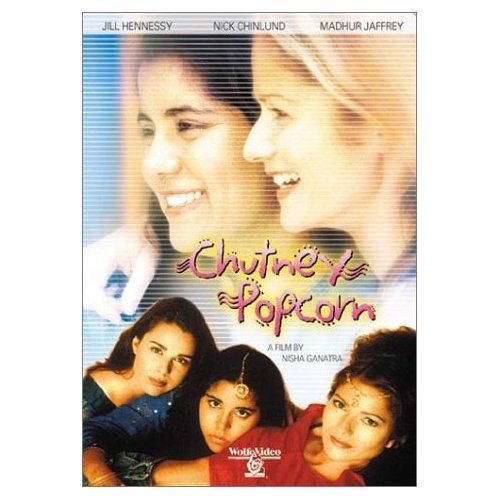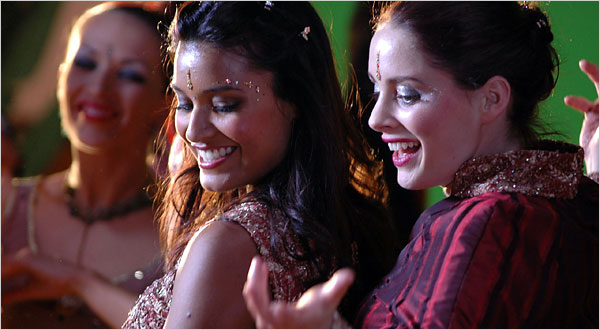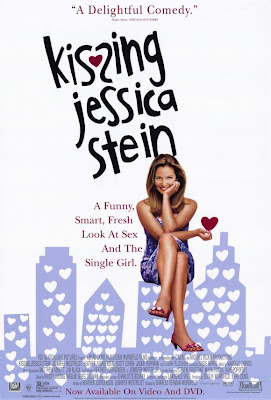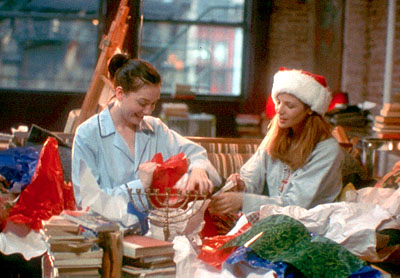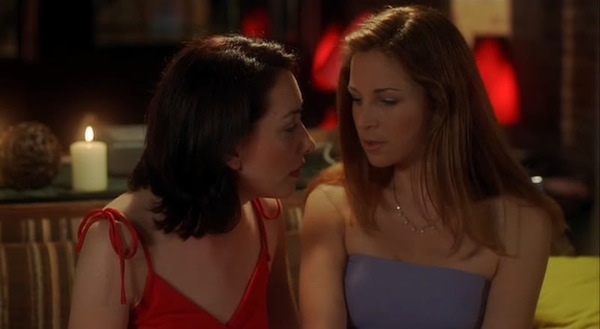 |
| Daphne: The Secret Life of Daphne du Maurier. Dir. Clare Beavan. BBC/Warner Borthers, 2007. Film. |
With Rebecca, Daphne du Maurier wrote of some of the most enduring characters and places in English literature. We open the book and speak the first line with the second Mrs. de Winter, our guide into the mystery and intrigue at Manderley. Much ink has been spilled about du Maurier’s masterpiece but the author herself has been slightly more neglected until quite recently, with several biographies published in the last ten years. In 2007, the BBC turned its attention to du Maurier’s life with a biopic titled Daphne, exploring a brief period in the writer’s life but providing enormous insight into her character. Directed by Clare Beavan, with a screenplay by Amy Jenkins, the film stars Geraldine Somerville, Elizabeth McGovern, and Janet McTeer. The film grapples directly with du Maurier’s sexuality in an effort to show how the major relationships in her life affected her writing process.
Before saying anything further, a word on language is necessary. Du Maurier herself refused to put a label to her sexuality, preferring to describe her passions with men and women both in her own, often poetic metaphors. (Words like “lesbian,” which du Maurier despised, had a distinctly pejorative sense in her time. For more on the evolving language we use to describe relationships between women, read Lillian Faderman’s excellent Odd Girls and Twilight Lovers, which focuses on the 20th century in particular.) Where possible, I’ve tried to use du Maurier’s euphemisms but have substituted “bisexual” when using her words would have resulted in sentences too awkward to read.
The film itself is a circular one, opening with the announcement of a death, rewinding seven years, and ending with the same telegram bearing bad news. The intervening years were defined by her two most passionately intense affairs, and bookended by the Rebecca plagiarism trial and the writing of My Cousin Rachel. Daphne’s husband Tom Browning returns from the war, and their awkward reunion is a sad harbinger of a postwar rapprochement that never occurs. Shortly afterwards, Daphne leaves England for America, two youngest children in tow, in order to defend her masterpiece Rebecca against accusations of plagiarism. On the ship, she meets Ellen Doubleday, the wife of her American publisher Nelson Doubleday, and one of the great loves of her life. Daphne falls hard and fast for the beautiful Ellen, and swiftly idealizes her, eventually using her as inspiration for her first play, September Tide. Ellen addresses Daphne’s infatuation directly, telling her gently that she can’t return her affections: not only is she married, but she is decidedly straight.
Back in London, the actress Gertrude Lawrence is cast in September Tide, and ultimately, Daphne begins an affair with Gertrude, until everything falls apart. It’s difficult to offer more of a summary without wholly giving away the film, because this is mostly a film about Daphne’s relationships, and relationships, in movies and in real life, are usually built on small, ordinary nothings. Not much happens in the movie, but that’s okay: the trio of strong actresses at the heart of Daphne delivers compelling performances and they more than carry the narrative to its conclusion. It’s easy to see why Daphne falls for McGovern’s devastatingly beautiful and sophisticated Ellen, and McTeer’s sensitive turn as Gertrude Lawrence breathes life into a character that very easily could have become a caricature.
Quite apart from any aesthetic considerations (relative austerity of sets, for example), the film’s main flaw lies in the narrative decisions made by the screenwriter: instead of telling a story about a bisexual writer, the film ultimately tries to argue that du Maurier only found happiness with women, who in turn inspired her writing. In so privileging the importance of the ‘Venetian’ (lesbian) relationships in du Maurier’s life, the film creates a false image of du Maurier’s sexuality. She made it plain that she felt as if she were “two spirits”, and sought relationships with men and women. Daphne is a missed opportunity to portray a bisexual woman during a pivotal, transitional period between the relative sexual freedom of the 1920s and 1930s and the post-World War II repressive, prudish attitude toward non-heteronormative identities that persists to this day. The film would have been far more interesting had it sought to portray du Maurier’s “boy in a box” more truthfully.
Du Maurier’s long marriage is the cost of casting du Maurier as Venetian: Tom Browning’s important role in Daphne’s life is marginalized. He hovers in the background without much to do. It’s to Andrew Havill’s credit that he makes Tom interesting enough to be noticed in a film that is wholly disinclined to address his character’s existence. In his one poignant scene with Somerville, they appear to be perfect strangers: all of a sudden, a marriage and attendant domestic relationship appears out of thin air, only to recede as quickly as it came. Du Maurier and Browning, while not necessarily exceedingly happy together, nevertheless maintained their relationship amid affairs on both sides, and cared for each other. In a film with a bisexual protagonist, avoidance of her main heterosexual relationship (especially given that there were others which go unmentioned in the film) doesn’t do justice to the fullness of du Maurier’s character.
 |
| Elizabeth McGovern (L) and Geraldine Somerville in Daphne. |
“The Rebecca of Barberrys,” wrote Daphne du Maurier to describe Ellen Doubleday, referring at once to Ellen’s beauty, magnetism and generosity, as well as the loveliness and orderliness of Barberrys, the Doubledays’ country home in Oyster Bay, New York. Why would du Maurier cast Doubleday as Rebecca? Written to Doubleday early in their friendship, while du Maurier was still dazzled by all she saw and imagined Doubleday to be, it’s unlikely that she was referring to Rebecca’s more unsavory traits. Du Maurier’s pronouncement, however, is an eerily accurate description of the portrayal of Ellen Doubleday in Daphne. In du Maurier’s novel, Rebecca is never allowed to become a character in her own right. There are competing portraits of Rebecca – as angel, as evil manipulator, as beautiful hostess and paragon of elegance – because the reader never meets Rebecca and only sees her through the eyes of others. Like Ellen in Daphne, Rebecca is only ever however the speaker wishes her to have been.
Amy Jenkins, Daphne’s screenwriter, has no choice but to turn Ellen into Rebecca. The movie creates its own problems by avoiding du Maurier’s sexuality as it does. It must be an all-or-nothing relationship for Daphne because the film hasn’t set her up as bisexual at all, but as a repressed “Venetian.” She therefore needs to be totally invested in pursuing love with Ellen precisely because her marriage is mostly an inconvenience which the movie addresses as little as possible.
Jenkins weaves extracts from the du Maurier-Doubleday correspondence into the script, with some scenes consisting entirely of exchanges from the letters. It’s to Jenkins’s credit that these quotes blend well with her original material. The source material as credited in the end titles is Margaret Forster’s excellent 1993 biography of Daphne du Maurier, for which she was allowed access to the then-sealed Ellen McCarter Doubleday collection at Princeton University. Small but significant changes to the letters’ text and the sequence of events have a profound effect on the viewer’s perception of Ellen Doubleday.
At the climax of the film, Ellen and Daphne are in Florence for a getaway following the death of Nelson Doubleday from a long, protracted, and painful illness. After a bit of a spat, Daphne kisses Ellen, leaving Ellen in floods of tears and feeling “guilty” at being unable to “change her hormones” so as to reciprocate Daphne’s affection. “Guilty! Guilty!” shouts Daphne. “I’m not another of your acolytes to be indulged, you know. Christ…do you think I have no pride?”
At the end of the film, some years after the kiss, Daphne once again attends a party at Barberrys, where she observes Ellen flirting with her new beau. “So, the lady is for burning after all,” she observes. She follows with a bitter parting shot about what would become My Cousin Rachel: “I’m writing a new novel. It’s about a widow rather sinister. You never really know whether she’s an angel or a devil. She dies in the end!” and storms off the terrace.
After catching up to her, Ellen tells her, even more unequivocally than before, that “I don’t want it. I don’t want love with you. You may go to Venice with whomever you please.”
Taken together, these scenes unfairly portray Ellen as a two-timing manipulator, a shameless flirt, patronizingly unconcerned for Daphne’s feelings, who really might be an angel or a devil, particularly when the last line which implies that Ellen doesn’t want Daphne. Indeed, given the wording of Ellen’s first, gently veiled explanation of her feelings (“I can’t love you in that way”), it suddenly seems as if Daphne were the problem all along: it’s not that Ellen doesn’t want Venetian love, but she doesn’t want love with Daphne. Daphne winds up looking desperate and Ellen, cruel.
Most of the lines quoted above were actually written by Doubleday and du Maurier. Doubleday did indeed tell du Maurier she felt guilty – about her tardy reply to a letter before the trip. Du Maurier did call out Doubleday for her comment about feeling guilty about the letter, without the tart barb about Doubleday’s ‘acolytes.’ Later on, du Maurier did complain that Doubleday “was for burning,” but in a private letter, and softened by musings that emphasized that her sarcasm was the result of wanting Doubleday to be something she could not. The bit about Rachel the sinister widow was written to du Maurier’s former teacher. Du Maurier did make it clear that Ellen was, in some respects, the inspiration for Rachel, but she did so in a letter, assuring Ellen that it would remain a secret. Finally, Doubleday did tell du Maurier she could “go to Venice with whomever you please, with my blessing,” the latter phrase – excised from the film – taking some of the sting out of Doubleday’s (understandable) frustration that she was still saying the same things, almost ten years after they met.
All this is not to say that Daphne isn’t a worthwhile film. It is: not only for the spectacular shots of the rugged Cornish landscape, but for the way it engages with Daphne’s struggle to articulate her feelings for Ellen, for the way it illustrates her thought process, her desires, and her disappointments. Bringing her letters to life isn’t a bad concept; I simply wish that the film had stayed true to those letters. There’s a compelling story there, but not, I think, the one that some wish it to be. I’d love to see a film that engages directly with the struggles of du Maurier’s “boy in a box,” but Daphne is not it.
References and further reading
Faderman, Lillian. Odd Girls and Twilight Lovers: A History of Lesbian Life in Twentieth-Century America. New York: Columbia University Press, 1991.
Forster, Margaret. Daphne du Maurier: The Secret Life of the Renowned Storyteller. New York: Doubleday, 1993.
Amanda Civitello is a freelance writer based in Chicago who has most recently written on Tamara de Lempicka’s bisexuality for Autostraddle. She holds an honors degree in art history from Northwestern University and is interested in the ways in which artists use their media to explore issues of identity. You can find her on twitter @amcivitello.

